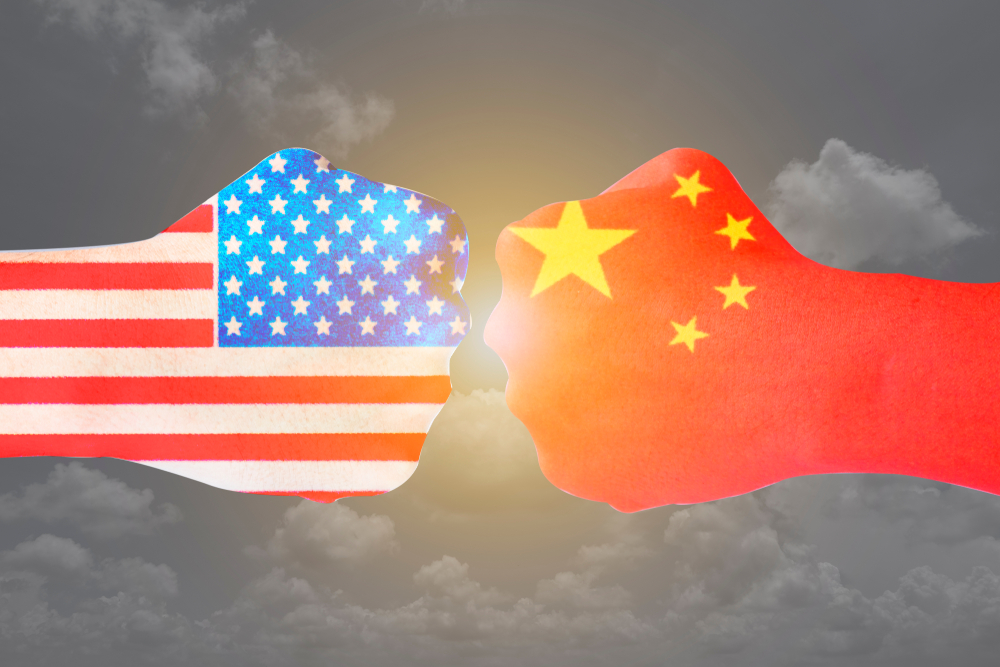Officials credited the better-than-expected result to targeted stimulus, industrial resilience, and trade diversification, even as external pressures from the US remained intense.
Others are reading now
China Outpaces Expectations Amid Trade
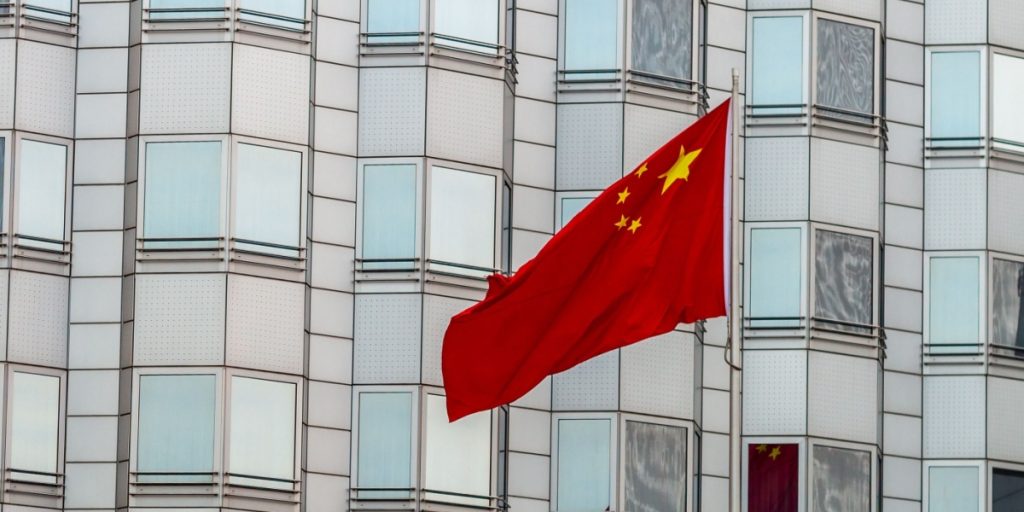
China’s economy expanded by 5.2% in the second quarter of 2025, slightly above economists’ projections. Although it marked a modest slowdown from the previous quarter’s 5.4%, the figure brings first-half growth to 5.3%, nudging closer to the government’s 5% target.
Officials credited the better-than-expected result to targeted stimulus, industrial resilience, and trade diversification, even as external pressures from the US remained intense.
Tariffs and the Clock on a Trade Deal
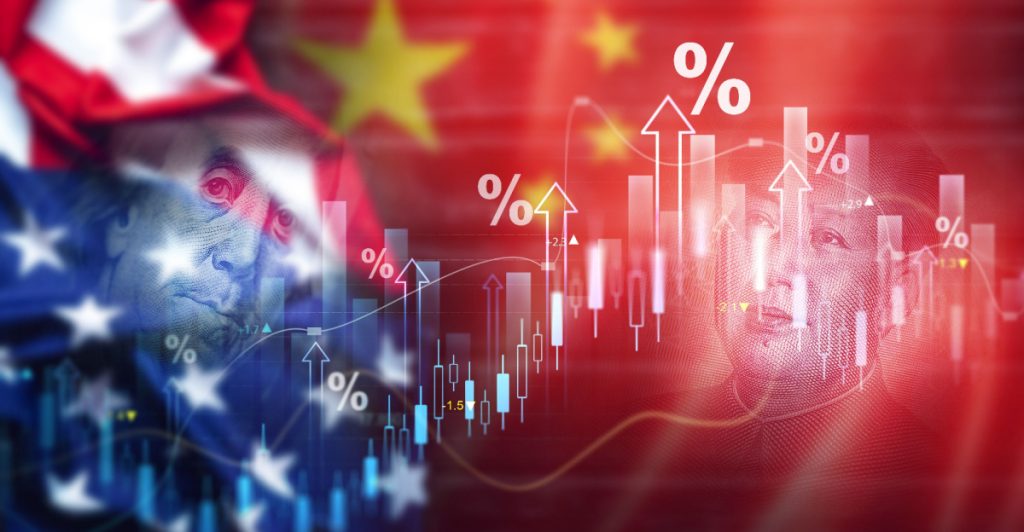
The tariff war with the US remains front and center. President Trump’s measures, at one point raising import duties to 145%, have battered Chinese exports. A temporary truce struck in May offers a window for diplomacy, but Beijing must finalize a long-term deal with Washington by August 12 to avoid another round of punishing levies.
With much of China’s economy reliant on manufacturing exports, the eventual tariff outcome could shape the second half of the year. Even a reduced double-digit rate could pose serious challenges for manufacturers and global supply chains.
Also read
Manufacturing Muscle Despite the Tensions

June data shows that China’s industrial sector is holding firm. Output grew 6.8% year-on-year, supported by the trade truce and global buyers seeking alternatives to disrupted supply lines. Sectors like electronics, machinery, and raw materials posted noticeable gains.
Rare earth exports rose sharply up 32%, as China resumed shipments following negotiations in London. These minerals are vital for advanced technologies and defense systems, and the rebound signals growing trust in strategic areas of trade.
ASEAN and Beyond: Shifting Trade Routes
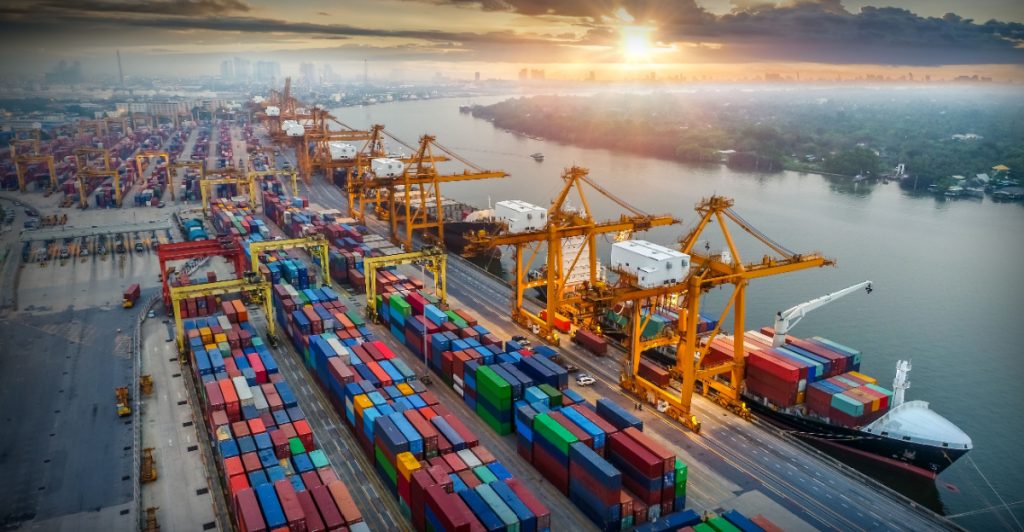
With US-bound exports weakening, China is leaning heavily into Southeast Asia and regional trade partners. Exports to ASEAN countries rose more than 18%, while shipments to Vietnam alone climbed over 25%.
China is also using ASEAN routes to navigate tariff challenges, re-routing products through countries like Vietnam to enter US markets indirectly. The US has responded swiftly, announcing a new 40% tariff on transshipped goods under a bilateral pact with Vietnam.
Weak Spots in Consumer spending

Retail sales slowed to 4.8% in June, down from 6.4% in May, revealing ongoing softness in consumer sentiment. This comes despite earlier government attempts to boost household spending through subsidies and promotional events.
Analysts suggest that rising uncertainty, falling property values, and stagnant income growth are all contributing to cautious household behavior. Many families continue to save rather than spend, dampening the domestic demand that policymakers are eager to boost.
Behind the Numbers: GDP vs. Ground Reality

Although headline GDP growth remains strong, many observers question whether it reflects what people and businesses actually feel. Surveys suggest that for many companies, hiring is sluggish and wage growth is stalling. Households, meanwhile, are still worried about future price drops and job security.
This disconnect between macro data and micro sentiment could shape decisions on hiring, investment, and expansion, possibly slowing economic recovery in the second half of the year.
Price Pressures and Deflation Risks

China’s producer prices dropped 3.6% in June, the steepest fall in nearly two years. The deflation streak in factory-gate prices now spans 33 months, signaling persistent downward pressure in wholesale markets. Consumer inflation rose slightly, up 0.1%, but remains near zero.
Low inflation, while seemingly benign, discourages spending and undermines growth. Businesses see shrinking profit margins, and consumers delay purchases in anticipation of better deals, creating a feedback loop that policymakers are trying to break.
Wage Wars and Overcapacity

Price competition is heating up in industries like autos and appliances, where oversupply has led to discounting wars. This has kept consumer prices low but hit corporate earnings hard. Authorities have urged companies to ease off on price cuts and focus on innovation and quality to remain competitive long-term.
Wage growth has also lagged, particularly in the service sector. This imbalance between productivity and pay is further eroding confidence in household finances.
Youth and Jobs: The Labor Market Challenge

Youth unemployment remains stubbornly high, with nearly 15% of those aged 16–24 out of work in May. For graduates, landing a stable job remains difficult despite moderate improvement in overall job figures.
The government has announced new incentives to support hiring. These include direct subsidies for companies employing young workers and a package of career coaching, training, and job placement services for recent graduates. The goal is to transition more young people into stable, long-term roles.
Policy Playbook: Stabilization Over Stimulus
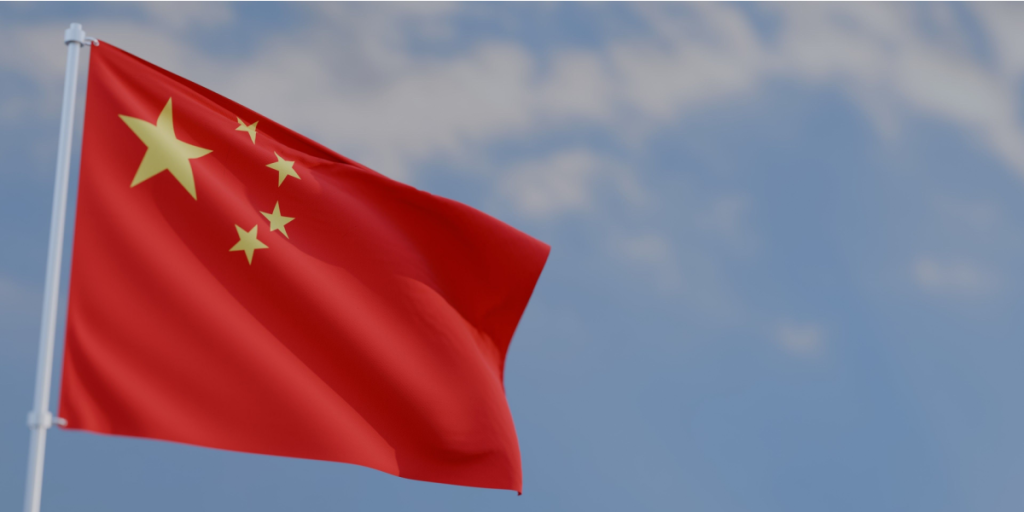
China’s leadership is walking a fine line between stability and stimulus. With limited fiscal space remaining, recent policy efforts have focused on targeted measures such as job support, export diversification, and modest tax relief, rather than massive spending packages.
The strategy reflects Beijing’s cautious approach to long-term structural challenges, from high debt levels to demographic pressures. But some economists argue more aggressive action may be needed if global or domestic shocks worsen.
Looking Ahead: Uncertain Terrain

Despite its strong start, China’s economy faces an uncertain path ahead. Trade tensions remain unresolved, consumer confidence is shaky, and key sectors like real estate are still in distress. While Q2 results show resilience, the second half of 2025 may prove more difficult.
Whether China can maintain momentum will depend on the next round of trade negotiations, the durability of export demand, and how successfully it can stimulate domestic consumption without triggering deeper financial risks.

